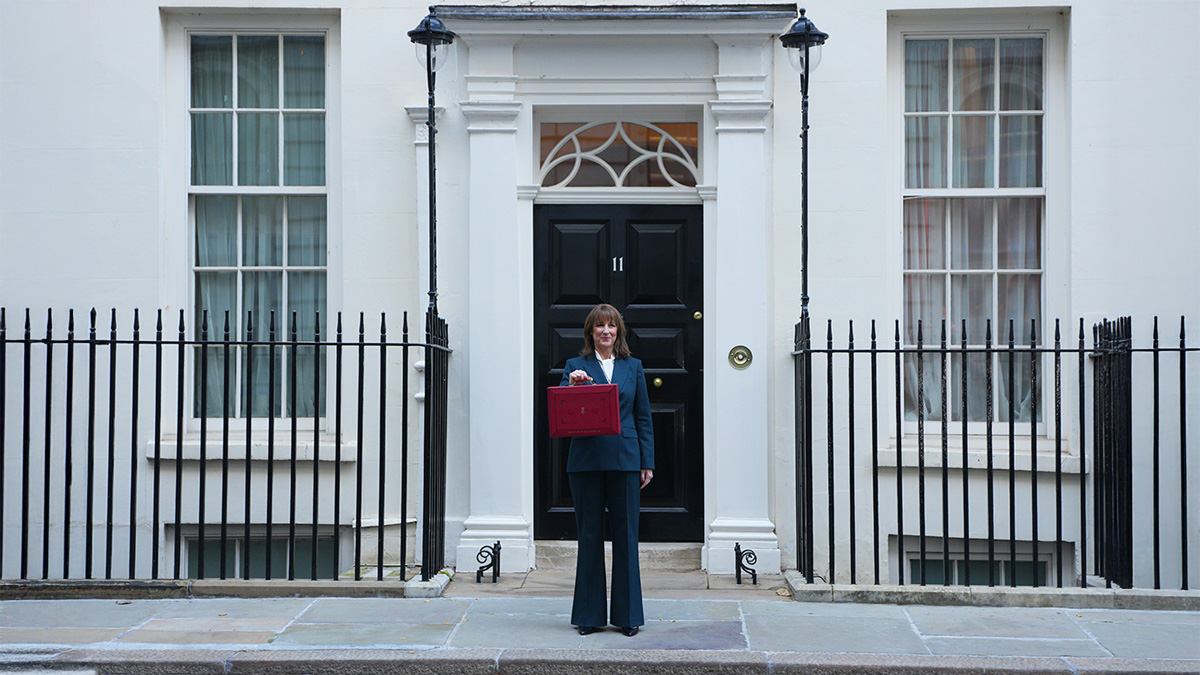 Only 1.7 million people in the UK worked from home prior to the coronavirus pandemic, which has caused a seismic shift in working habits and methods – and seen an estimated 20 million people relocating to home offices.New data by the Office for National Statistics shows that just 5% of the active 32.6 million UK workers considered their home as their main place of work in 2019. The figure grows to 4 million when factoring in those who work in part from home.However, some 70% of workers – 23.9 million people – had zero experience of working from home, prior to social isolation measures forcing people to abandon commutes and offices en masse.These figures see the UK lag well behind many other Western European nations such as Sweden, Netherlands, Iceland and Denmark, and prompted warnings in the early days of the coronavirus isolation measures that the UK was ‘among the world’s least-prepared’ for home-working.The ONS said: “The extent to which people can and do work from home varies. For some industrial sectors, it would be very difficult for people to work from home.“For example, in both the transportation and storage sector and accommodation and food services sector, only around 10% of people report ever being able to work from home. These two sectors include rail, road, air transport, shipping, warehousing, postal activities, hotels, bars and restaurants.“In contrast, the information and communication sector and professional and scientific sector both had around 50% of people who reported that they have worked from home.“The two largest industrial sectors, accommodation and food services and health and social work, account for over 25% of all employment but only around 16% of the people who have ever worked from home.“It should be noted that in some cases, just because people can and do work from home on some occasions, this does not necessarily mean that this is done on an ongoing basis. For example, this is likely to be the case in the education sector, which had a relatively high percentage reporting that they have worked from home. This may reflect certain activities such as planning and marking, which can take place at home, whereas very few people in this sector reported that they mainly worked from home.”Overall trends have seen a slight but steady shift towards home-working in recent years, with the overall percentage of UK workers fulfilling their role at home growing from 4% of the workforce in 2015 to its current 5%.ONS data also revealed people who work from home typically earn above average levels and are aged in the 40-49 and 65-plus age brackets, with an equal split of males and females who do so.London, the South East and the South West were the regions with the highest percentage of home workers, with the North East, Scotland and Northern Ireland the lowest.
Only 1.7 million people in the UK worked from home prior to the coronavirus pandemic, which has caused a seismic shift in working habits and methods – and seen an estimated 20 million people relocating to home offices.New data by the Office for National Statistics shows that just 5% of the active 32.6 million UK workers considered their home as their main place of work in 2019. The figure grows to 4 million when factoring in those who work in part from home.However, some 70% of workers – 23.9 million people – had zero experience of working from home, prior to social isolation measures forcing people to abandon commutes and offices en masse.These figures see the UK lag well behind many other Western European nations such as Sweden, Netherlands, Iceland and Denmark, and prompted warnings in the early days of the coronavirus isolation measures that the UK was ‘among the world’s least-prepared’ for home-working.The ONS said: “The extent to which people can and do work from home varies. For some industrial sectors, it would be very difficult for people to work from home.“For example, in both the transportation and storage sector and accommodation and food services sector, only around 10% of people report ever being able to work from home. These two sectors include rail, road, air transport, shipping, warehousing, postal activities, hotels, bars and restaurants.“In contrast, the information and communication sector and professional and scientific sector both had around 50% of people who reported that they have worked from home.“The two largest industrial sectors, accommodation and food services and health and social work, account for over 25% of all employment but only around 16% of the people who have ever worked from home.“It should be noted that in some cases, just because people can and do work from home on some occasions, this does not necessarily mean that this is done on an ongoing basis. For example, this is likely to be the case in the education sector, which had a relatively high percentage reporting that they have worked from home. This may reflect certain activities such as planning and marking, which can take place at home, whereas very few people in this sector reported that they mainly worked from home.”Overall trends have seen a slight but steady shift towards home-working in recent years, with the overall percentage of UK workers fulfilling their role at home growing from 4% of the workforce in 2015 to its current 5%.ONS data also revealed people who work from home typically earn above average levels and are aged in the 40-49 and 65-plus age brackets, with an equal split of males and females who do so.London, the South East and the South West were the regions with the highest percentage of home workers, with the North East, Scotland and Northern Ireland the lowest.
Related and recommended

Healthcare and income tax require radical reform, but the Budget revealed little ambition to tackle the big issues

Bob Skinstad’s journey from rugby prodigy to business leader is shaped by scrutiny, setbacks and second chances

After a decade as editor-in-chief, Katharine Viner is using her business acumen to reinvent The Guardian

The prime minister and chancellor may be safe for now but Cabinet ministers believe it’s a case of when, not if, they fall

